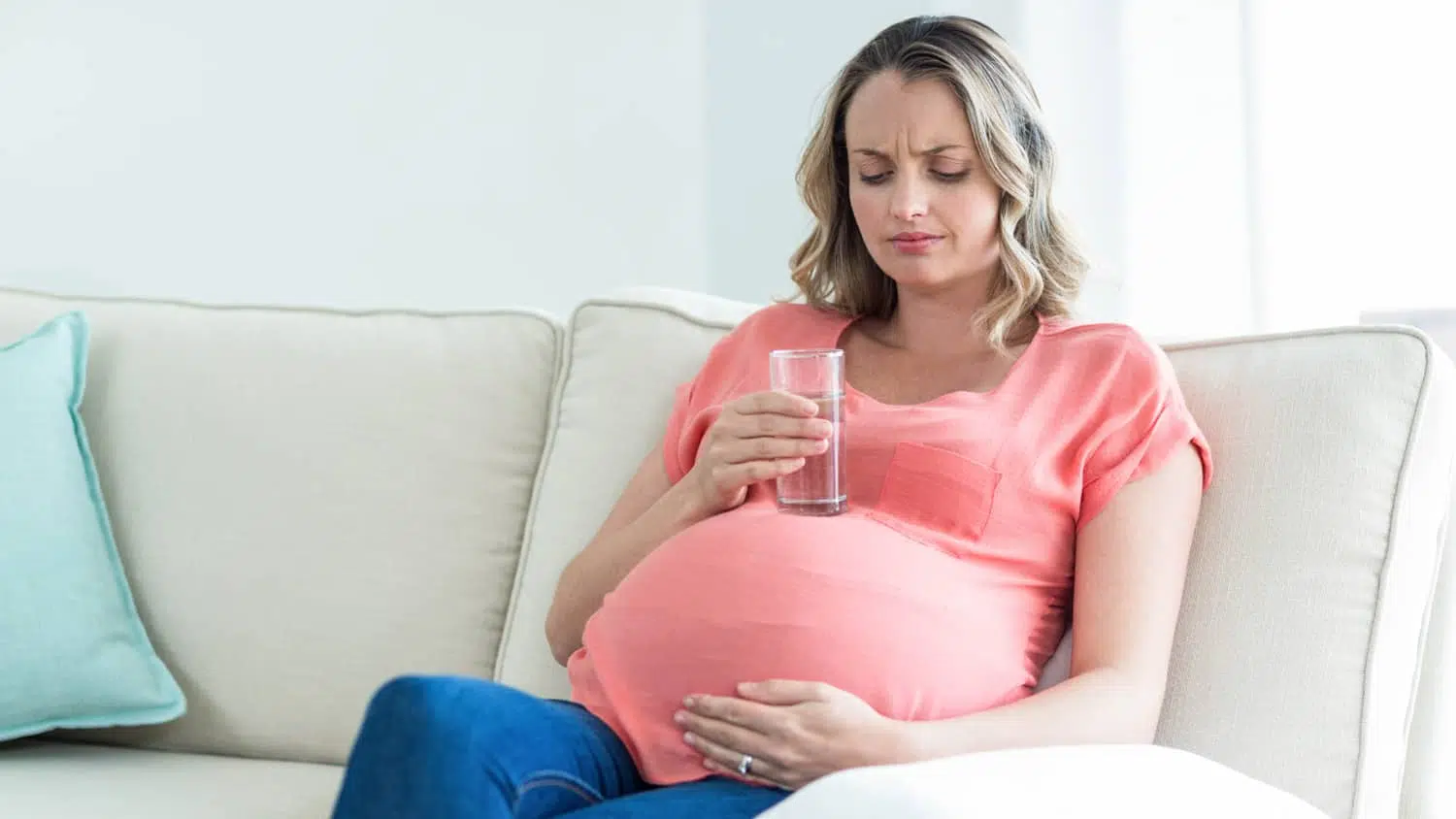New research shows a strong link between nitrate in drinking water and babies being born underweight or prematurely.
In analysis released exclusively to RNZ by Otago University, it was revealed much lower levels of the chemical than were previously thought to be safe could be responsible for mothers giving birth early, potentially leading to cerebral palsy, eyesight and hearing loss, or psychiatric disorders.
Otago University analysis was of two overseas studies released this year including one involving 1.4 million Californian babies, born over a 10-year period.
This showed the chances of a premature birth increased by 47 per cent when nitrates in drinking water were just 5 milligrams per litre of water.
This was less than half the current safe level in New Zealand, of 11.3 milligrams.
The university’s Dr Tim Chambers noted the chances of something going wrong went up by two and a half times when the levels reached 10 milligrams, still less than the safe level here.
“The thing that’s quite concerning about adverse birth outcomes is the length of exposure is relatively short.
“I mean, it’s just prenatal exposure. So it’s less than a year exposure, and the outcome that happens has lifelong impacts.”
It had been shown the life-long economic burden attached to premature births was $90,000, made up of medical bills and lost earnings.
With 4400 pre-term births in this country annually, they were costing the country $396 million a year.
With 138,000 New Zealanders drinking water with nitrates at five milligrams or above, within the danger zone for adverse birth outcomes, the findings deserved serious consideration by health authorities here, Dr Chambers said.
“With anything like this, especially the impact on children, we need to take a precautionary approach.
“From a public health point of view, we would take a precautionary approach and make sure that we could try and have a lower limit, or at least aim to have our nitrate levels much lower than they currently are.”
The lead researcher in the Californian study, Stanford University’s Allison Sherris, said previously it had been difficult to establish the influence nitrates were having on pre-term births, compared to other factors that may also contribute to them, such as genetics, smoking or alcohol.
Her study was different and focused on multiple babies from the same mother, meaning these other factors were a constant.
If genetics, smoking or alcohol were a factor for one baby, they would also likely be a factor for their sibling.
The one thing that was not constant, was the nitrate levels.
“So we identified women whose water quality changed between consecutive pregnancies. And we thought of this as a natural experiment that allowed us to estimate how risk of pre-term birth changed as nitrate exposure changed.”
This approach showed a strong link between nitrate levels above five milligrams and an increased risk of pre-term births happening between 20 and 31 weeks.
The impact when babies were born this early could be profound, she said.
“And especially these really early pre-term births is a really costly outcome both in terms of the toll on families, the toll on society and the potential health outcomes in infancy and childhood and later life.”
The main risk that mothers were informed of currently in New Zealand was the one faced by pregnant mums and bottle-fed babies from blue baby syndrome, caused when nitrates in drinking water exceeded 11.3 milligrams.
North Canterbury midwife Jin McRobbie said despite high nitrate levels being an issue in parts of her region, the level of awareness amongst the mums she talked to was not great.
“Potentially the level is increasing with the current publicity around nitrates and any increased risk of bowel cancer. But I think that there’s still work to do with raising awareness, particularly in rural communities.”
Her main message to mums, especially those on private wells where water quality was the responsibility of the homeowner, was to get water tested for nitrate, and if it was too high, then switch to bottled water for both mother and baby.
This story was originally published on RNZ.co.nz and is republished with permission.

